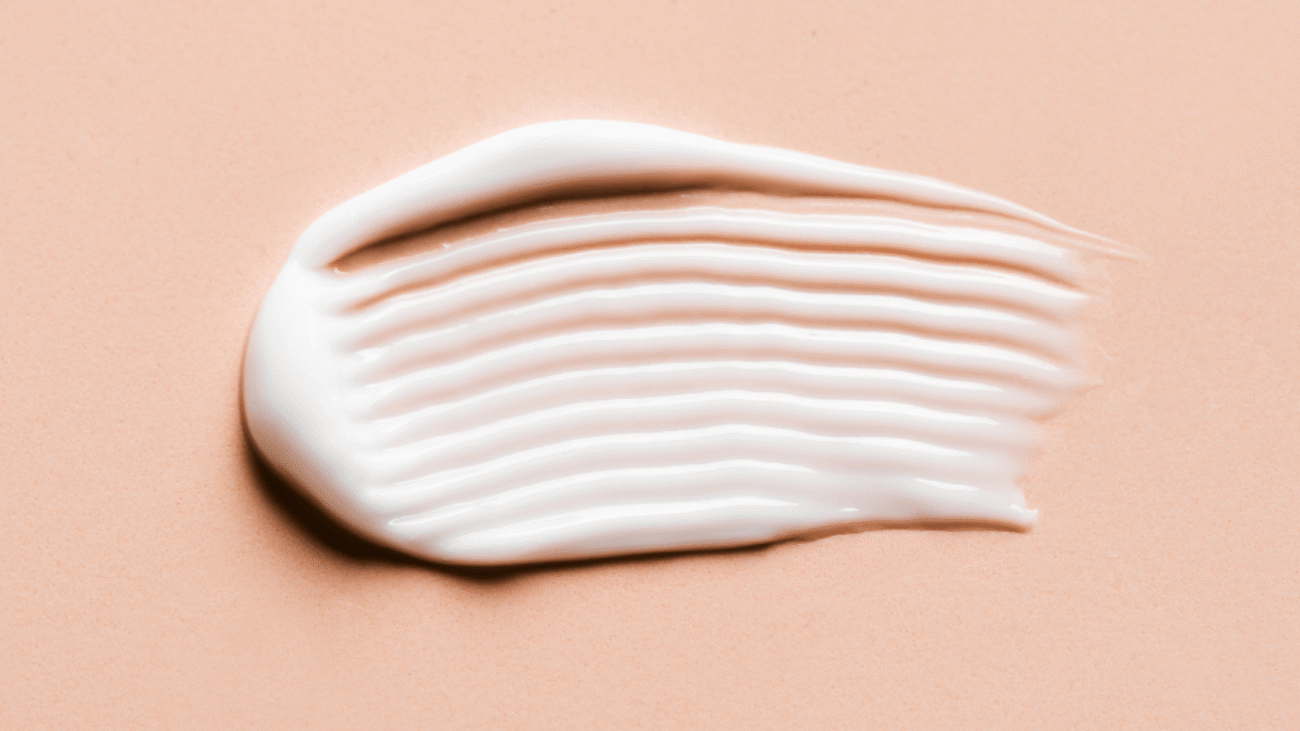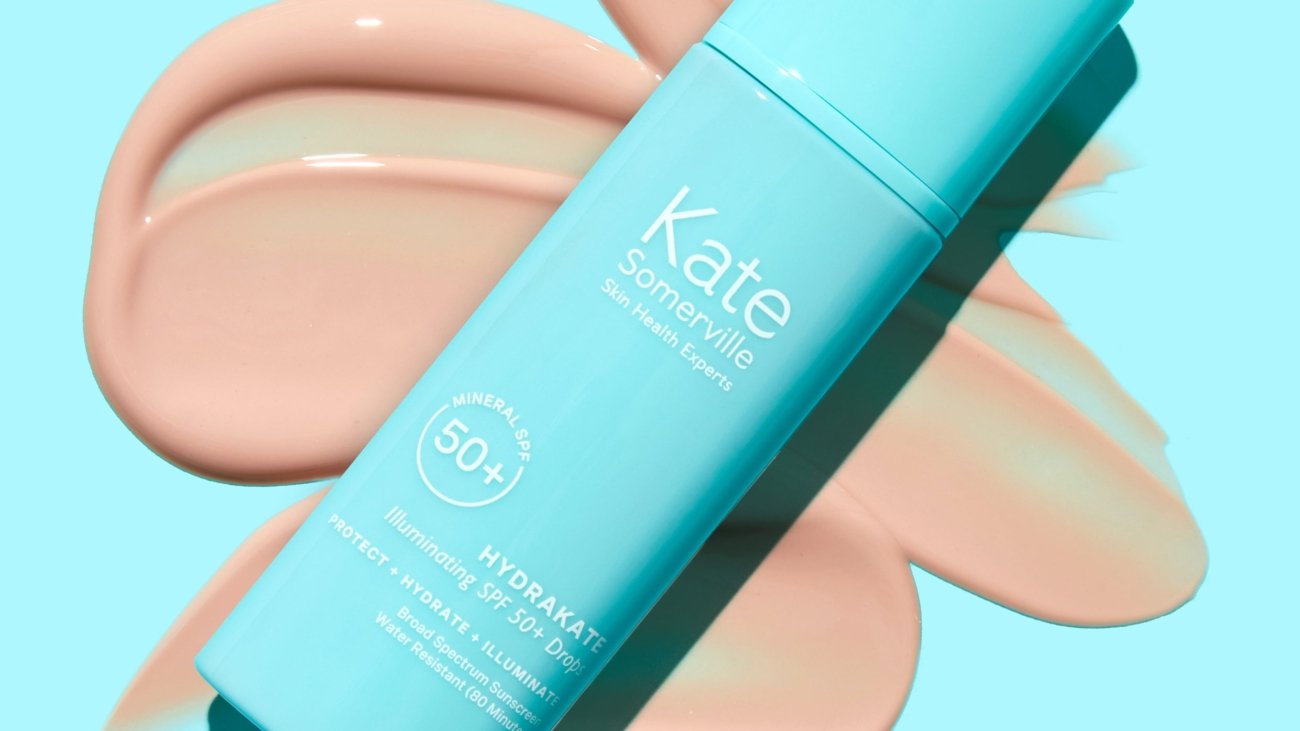Welcome to the World of Tretinoin!

Embark on a skincare revolution with Tretinoin, a celebrated powerhouse in the realm of dermatology known for its transformative effects on the skin. This remarkable and powerful ingredient doesn’t just tweak minor imperfections; it radically improves skin texture, irons out wrinkles, and clears up acne, making it much more than just another item in your beauty arsenal—it’s a veritable skin rejuvenator! In this article, we will explore the benefits of tretinoin in skincare, how it works, its differences with retinol, how to use it safely and effectively, and its potential side effects. So, let’s dive in, and I’ll guide you through everything you need to know to make Tretinoin your skin’s new best friend. Trust me, your skin will thank you later!

What Exactly is Tretinoin?

Tretinoin, also known as all-trans retinoic acid, is a form of vitamin A that is used topically to treat a variety of skin conditions. Imagine Tretinoin as your skin’s personal fitness coach. As a potent form of vitamin A, it delves deep, remodeling your skin at a cellular level to encourage renewal and repair. It is a prescription-strength medication that is available in different strengths and formulations. Different strengths of tretinoin include 0.025%, 0.05%, and 0.1%- the strength that is best for your skin will depend on your skin concerns and sensitivity. Catering to various needs, it’s also available in creams for those with dry skin craving moisture, and gels for those battling the sheen of oiliness—ensuring everyone gets a custom fit for their skin type and concerns! This makes it possible to find the perfect match for your skin’s unique needs, setting you on the path to your healthiest, most glowing skin yet.
From Fine Lines to Radiant Shine: The Benefits of Tretinoin

Tretinoin has a treasure trove of benefits for your skin, with one of its star roles being its ability to kick cell turnover into high gear. This helps slough off pesky dead skin cells, making way for the new! As it gets down to business, it boosts collagen production, which means not only less sag but also fewer lines—it’s like a little time machine for your skin! Plus, Tretinoin knows just how to perk up your skin’s texture and tone by boosting the blood flow, giving you that radiant, “just got back from vacation” glow.
When it comes to tackling those telltale signs of aging and turning up your skin’s luminosity, Tretinoin should be your go-to. It’s phenomenal at smoothing out those fine lines and evening out skin tone, not to mention its knack for clearing up acne and fading dark spots. This isn’t just a touch-up; it’s a complete skin transformation that unveils a fresher, younger-looking you with a vibrancy that really pops!
Here’s a quick reference guide detailing various skincare issues and how Tretinoin can address them:
-
Acne: Tretinoin supercharges the skin’s renewal process, boosting cell turnover and facilitating exfoliation, making it a potent ally in the fight against acne.
-
Wrinkles: With its knack for amplifying collagen production, Tretinoin smooths out wrinkles and refines both the texture and tone of your skin, thereby smoothing wrinkles and rolling back the years of the skin.
-
Hyperpigmentation: By accelerating cellular renewal and promoting the shedding of pigmented skin cells, Tretinoin effectively lightens areas of hyperpigmentation, resulting in a more even skin tone.
-
Sun Damage: Tretinoin aids in the repair of sun-damaged skin by enhancing collagen production, which in turn revitalizes the skin’s texture and fortifies its tone.
-
Stretch Marks: There is evidence to suggest that Tretinoin can diminish the visibility of stretch marks, as it boosts collagen levels and improves the skin’s elasticity and texture.
-
Rosacea: For some individuals, Tretinoin may help lessen the symptoms of rosacea by stimulating collagen production and refining the skin’s overall texture and appearance.
-
Men’s Skin: Tretinoin supports skin health in men by enhancing collagen synthesis and upgrading the skin’s texture and tone, contributing to a more youthful and revitalized appearance.
-
Aging: Effective in mitigating the visible markers of aging, Tretinoin rejuvenates the skin by promoting collagen production and refining the skin’s texture. The optimal concentration of Tretinoin for anti-aging depends on individual skin sensitivity and specific skin concerns.
Tretinoin vs. Retinol: The Showdown

In the battle for supreme skin health, Tretinoin is the heavyweight contender, packing a punch stronger than its milder counterpart, retinol, found over-the-counter. While Tretinoin demands a prescription and a bit more care due to potential side effects, the transformative results it delivers are undeniable and often unparalleled. Tretinoin is more effective at treating skin concerns such as wrinkles and hyperpigmentation, but keep in mind that it also comes with a higher risk of side effects! Before you jump on the Tretinoin train, it’s a wise move to chat with a skincare professional. They’ll help you figure out if it’s the perfect match for your beauty routine, ensuring you get all the fabulous benefits without any fuss!
Understanding Tretinoin’s Side Effects

While Tretinoin can work wonders for your skin, it’s important to be aware of its potential side effects before diving into this powerful treatment. Being informed can help you navigate and manage these effects effectively under the guidance of your skincare professional.
Common Side Effects:
-
Redness and Irritation: Initially, you might notice some redness or feel a bit of irritation. It’s a common initial reaction as your skin adjusts to Tretinoin.
-
Peeling and Flaking: Don’t be alarmed if your skin starts to peel or flake. This is Tretinoin doing its job, speeding up cell turnover and shedding the old layers.
-
Dryness: Feeling a bit parched? Dryness is another frequent sidekick of Tretinoin use, but it can usually be managed with a good moisturizer.
-
Sensitivity to Sunlight: Tretinoin can make your skin more susceptible to sunburn. Always apply a broad-spectrum sunscreen and wear protective clothing when you’re out and about.
Less Common Side Effects:
-
Increased Acne Breakouts: Sometimes things get worse before they get better. You might experience an initial increase in acne breakouts, which should improve as your skin adapts.
-
Changes in Skin Pigmentation: Some users may notice changes in skin color, either darker or lighter spots, which usually even out with continuous use.
-
Stinging Sensations: A feeling of stinging or warmth upon application might occur, particularly when you first start using Tretinoin.
Rare Side Effects:
-
Severe Allergic Reactions: In rare cases, severe allergic reactions like swelling of the face, lips, or eyelids can occur. If you experience these symptoms, seek medical attention immediately.
How to Rock Tretinoin Like a Pro

To introduce Tretinoin to your skincare routine safely and effectively, it should be a gradual affair. Tretinoin should be used as directed by a healthcare provider or dermatologist. Start with a lower concentration to let your skin acclimate and always pair it with a high SPF during the day, as Tretinoin can make your skin more sensitive to sunlight. It’s also important to avoid other potentially irritating skincare products while using tretinoin- heed the feedback from your skin; irritation or discomfort could be its way of signaling that you need to adjust your approach!
Tips to Mitigate Side Effects:
-
Start Slow: Begin with a lower concentration of Tretinoin and gradually increase as your skin tolerates it.
-
Nightly Routine: Apply Tretinoin at night as this allows your skin to heal and reduces exposure to sunlight.
-
Moisturize: Keep your skin hydrated by using a non-comedogenic moisturizer that doesn’t block pores.
-
Sun Protection: Emphasize sun protection by applying a high SPF sunscreen daily, even on cloudy days.
By understanding and preparing for these side effects, you can enjoy the transformative benefits, while keeping discomfort to a minimum. Always discuss any concerns with your skincare professional to tailor the treatment to your specific needs and skin type!
Before and After: Tretinoin’s Glow-Up

The journey with Tretinoin may require patience, with visible changes unfolding over several weeks to months. However, the transformations can be so dramatic that your “before” photos will look like a distant memory compared to the glowing, smooth complexion in the “after” shots. It’s like witnessing your skin’s metamorphosis from a caterpillar into a butterfly!
Navigating Through Tretinoin’s Usage:

Beyond the aesthetics of reducing fine lines and sun spots, Tretinoin proves its tenacity by tackling tougher skin issues like acne and rosacea, making it a versatile player in skincare therapies. It is crucial, however, to navigate its usage under professional supervision, especially for women who are pregnant or individuals with particularly sensitive skin, to avoid any adverse effects. Alternatives that are safe during pregnancy should be considered and discussed with a healthcare professional.
Conclusion: Your New Skincare BFF

Tretinoin stands out as a cornerstone in modern skincare. This treatment is an effective solution to a myriad of skin concerns including increasing cell turnover, stimulating collagen production, improving skin texture and tone and more! With its potent formula that promotes cellular renewal and collagen production, it’s akin to having a fairy godmother for your skin—but with science on its side instead of magic! If you’re contemplating a serious upgrade to your skincare routine, consulting with a skincare professional to incorporate Tretinoin could be your first step towards unveiling a radiant, more youthful complexion. So why not let Tretinoin be your skin’s new best friend? Talk to a skincare professional and find out if this wonder treatment can turn your skincare dreams into glowing reality!

Beauties, have you incorporated Tretinoin into your skincare routine? Have you seen the results? I’d love to hear your experiences and thoughts in the comments!
Source link



